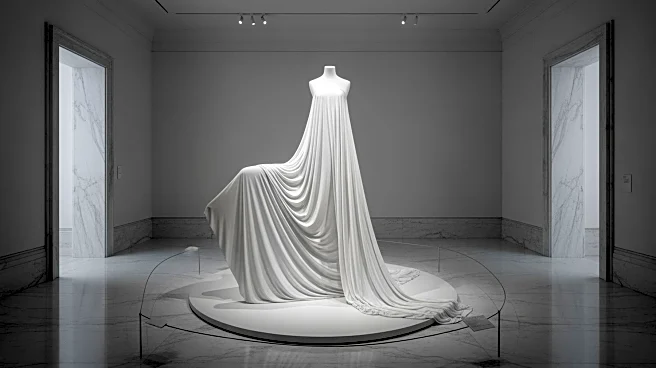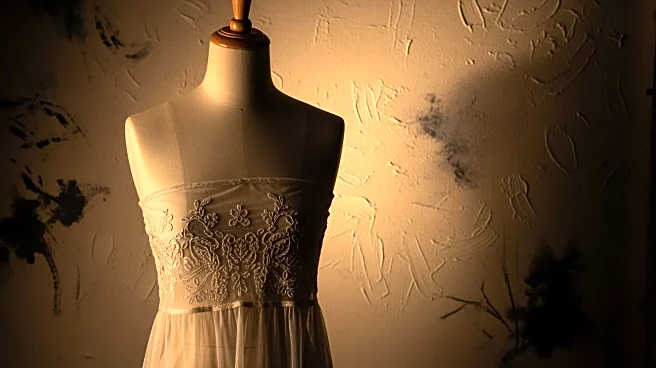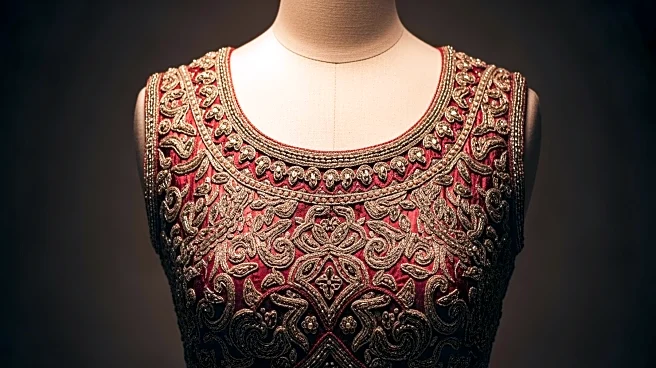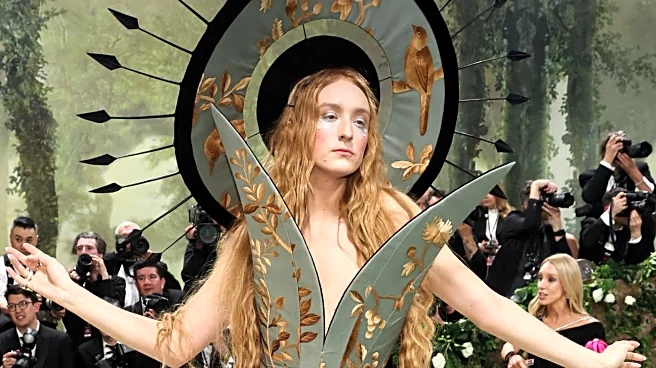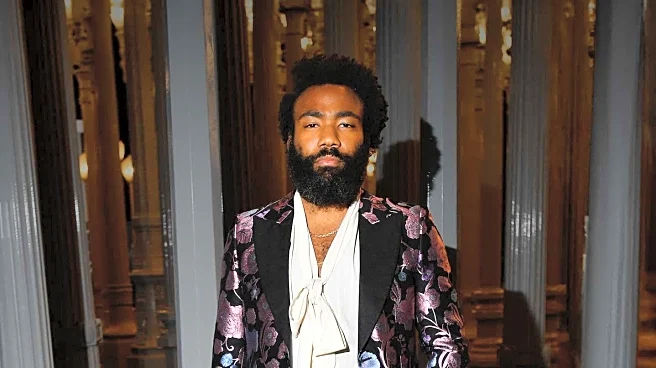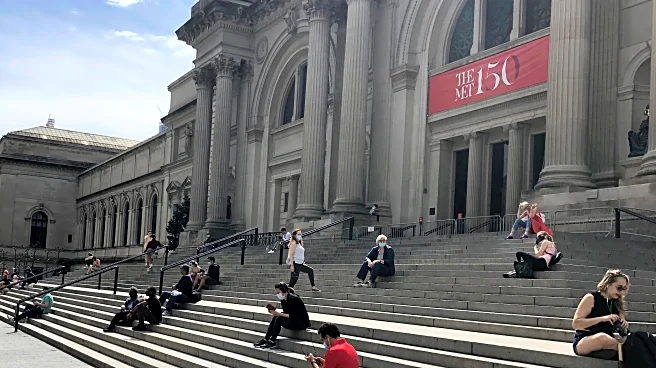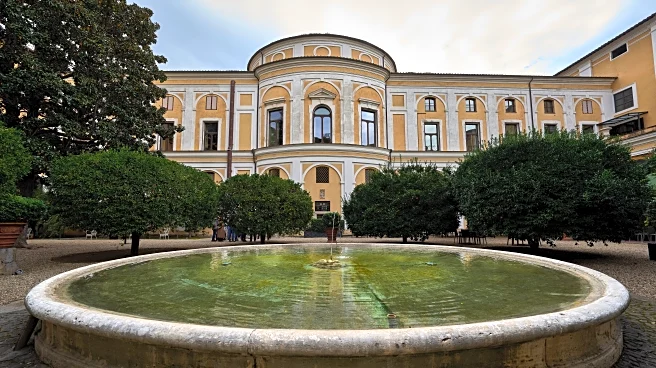What's Happening?
The Metropolitan Museum of Art is set to open the Condé M. Nast Galleries, a new 12,000-square-foot space dedicated to fashion, adjacent to the Great Hall. This initiative marks a significant shift in the museum's
approach to fashion, placing it at the forefront of its exhibitions. The inaugural exhibition, 'Costume Art,' will explore the relationship between the dressed body and visual art history, featuring garments from the Costume Institute alongside artworks spanning 5,000 years. Curator Andrew Bolton emphasizes the centrality of fashion in the museum's collection, highlighting its presence in every gallery.
Why It's Important?
The opening of the Condé M. Nast Galleries signifies a transformative moment for the Costume Institute and fashion's role within the Met. By dedicating a central location to fashion, the museum acknowledges its cultural and artistic significance. This move could influence other institutions to elevate fashion in their collections, potentially increasing public interest and attendance. The exhibition 'Costume Art' aims to challenge traditional views of fashion as art, fostering a deeper understanding of its historical and cultural connections.
What's Next?
The 'Costume Art' exhibition will run from May 10, 2026, to January 10, 2027, offering visitors a unique opportunity to engage with fashion as an integral part of art history. The Met's decision to prioritize fashion may inspire similar initiatives in other museums, potentially leading to a broader acceptance of fashion as a legitimate art form. The success of this exhibition could pave the way for future collaborations and exhibitions that further explore the intersection of fashion and art.
Beyond the Headlines
The integration of fashion into the Met's central galleries challenges the traditional hierarchy of art forms, suggesting a shift towards a more inclusive understanding of cultural expression. This development may spark discussions on the role of fashion in shaping societal norms and values, as well as its impact on identity and self-expression. The exhibition's focus on diverse body types highlights the evolving narrative around body image and representation in art and fashion.
